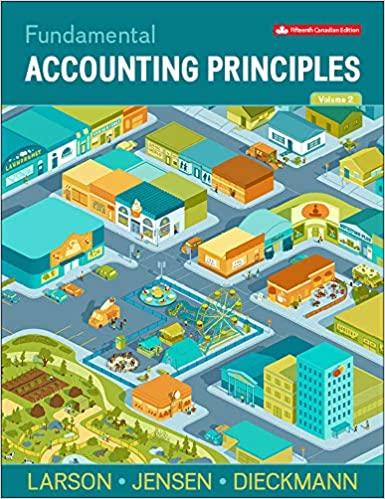
Consider two countries, Home and Foreign. In the figure below, the import demand ("ID Home") curve depicts Home's demand for Foreign's flash drives, and the import supply curve ("IS Foreign") depicts Foreign's supply of flash drives to Home. Assume Home is a "large" country that levies a tariff against Foreign imports of flash drives, thereby shifting the relevant supply curve from ISForeigntoISForeign+t. For the following questions, please refer to the figure below. With free trade, Home's consumer surplus equals $ and Foreign's producer surplus equals $ With a tariff of ? per flash drive, Home's consumer surplus equals $, Foreign's producer surplus equals 5 , Home's tariff revenue equals $, and Home's deadweight loss equals $ Of the Home's tariff revenue, $ comes from Foreign's producers, and the rest comes from Home's consumers. Given the above, which of the following statements is true? A. Home's overall economy is worse off because the deadweight loss is less than the tariff burden on Foreign's producers. B. Home's overall economy is better off because the deadweight loss exceeds the tariff burden on Foreign's producers. C. Home's overall economy is better off because the deadweight loss is less than the tariff burden on Foreign's producers. D. Home's overall economy is worse off because the deadweight loss exceeds the tariff burden on Foreign's producers. E. Other/None of the above. Which of the following best describes an important lesson from the "large" country tariff model, in general? A. Other/None of the above. B. If the revenue effect exceeds the deadweight loss, overall domestic welfare will rise. C. In the large country model, consumers are always worse off but overall domestic welfare always remains unchanged with tariff. D. In the large country model, consumers are always worse off and overall domestic welfare is always reduced with tariff. E. It is possible for a large country to improve its overall domestic welfare with a tariff, but that country's consumers are always worse off. Consider two countries, Home and Foreign. In the figure below, the import demand ("ID Home") curve depicts Home's demand for Foreign's flash drives, and the import supply curve ("IS Foreign") depicts Foreign's supply of flash drives to Home. Assume Home is a "large" country that levies a tariff against Foreign imports of flash drives, thereby shifting the relevant supply curve from ISForeigntoISForeign+t. For the following questions, please refer to the figure below. With free trade, Home's consumer surplus equals $ and Foreign's producer surplus equals $ With a tariff of ? per flash drive, Home's consumer surplus equals $, Foreign's producer surplus equals 5 , Home's tariff revenue equals $, and Home's deadweight loss equals $ Of the Home's tariff revenue, $ comes from Foreign's producers, and the rest comes from Home's consumers. Given the above, which of the following statements is true? A. Home's overall economy is worse off because the deadweight loss is less than the tariff burden on Foreign's producers. B. Home's overall economy is better off because the deadweight loss exceeds the tariff burden on Foreign's producers. C. Home's overall economy is better off because the deadweight loss is less than the tariff burden on Foreign's producers. D. Home's overall economy is worse off because the deadweight loss exceeds the tariff burden on Foreign's producers. E. Other/None of the above. Which of the following best describes an important lesson from the "large" country tariff model, in general? A. Other/None of the above. B. If the revenue effect exceeds the deadweight loss, overall domestic welfare will rise. C. In the large country model, consumers are always worse off but overall domestic welfare always remains unchanged with tariff. D. In the large country model, consumers are always worse off and overall domestic welfare is always reduced with tariff. E. It is possible for a large country to improve its overall domestic welfare with a tariff, but that country's consumers are always worse off







